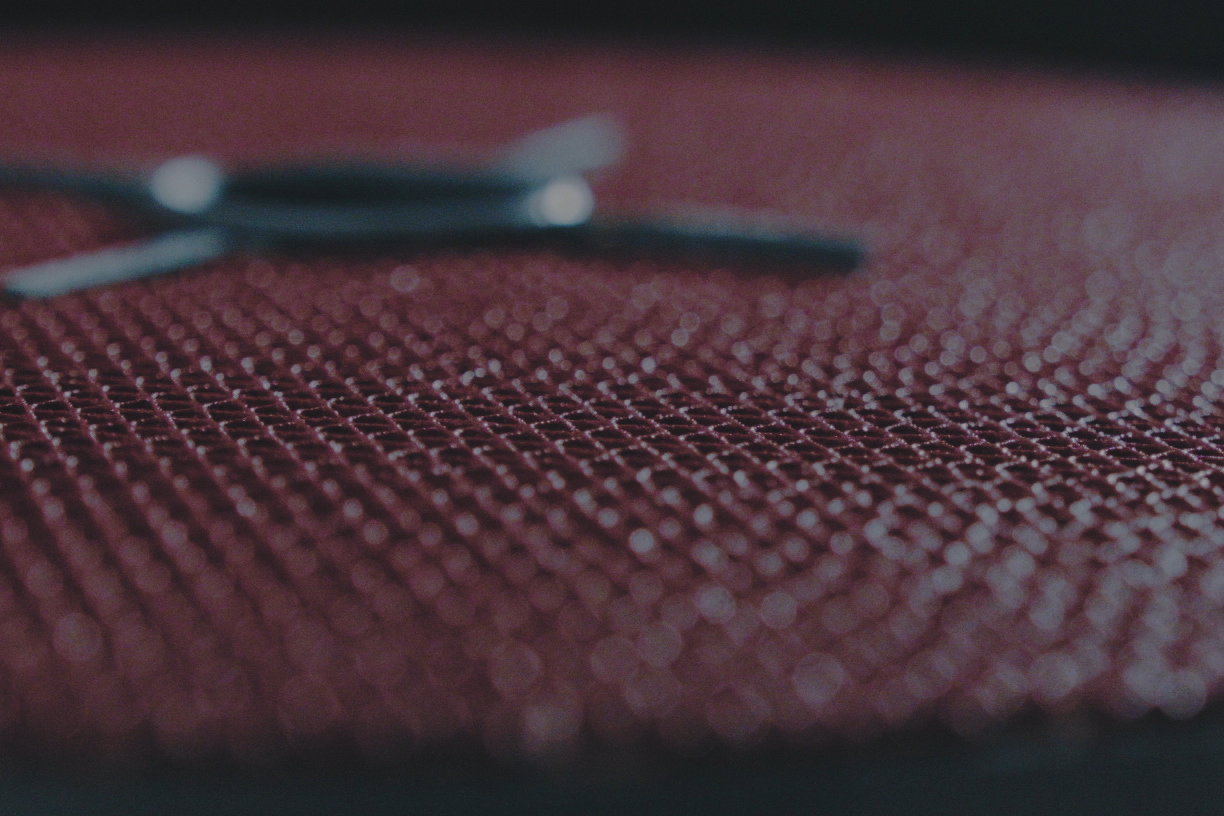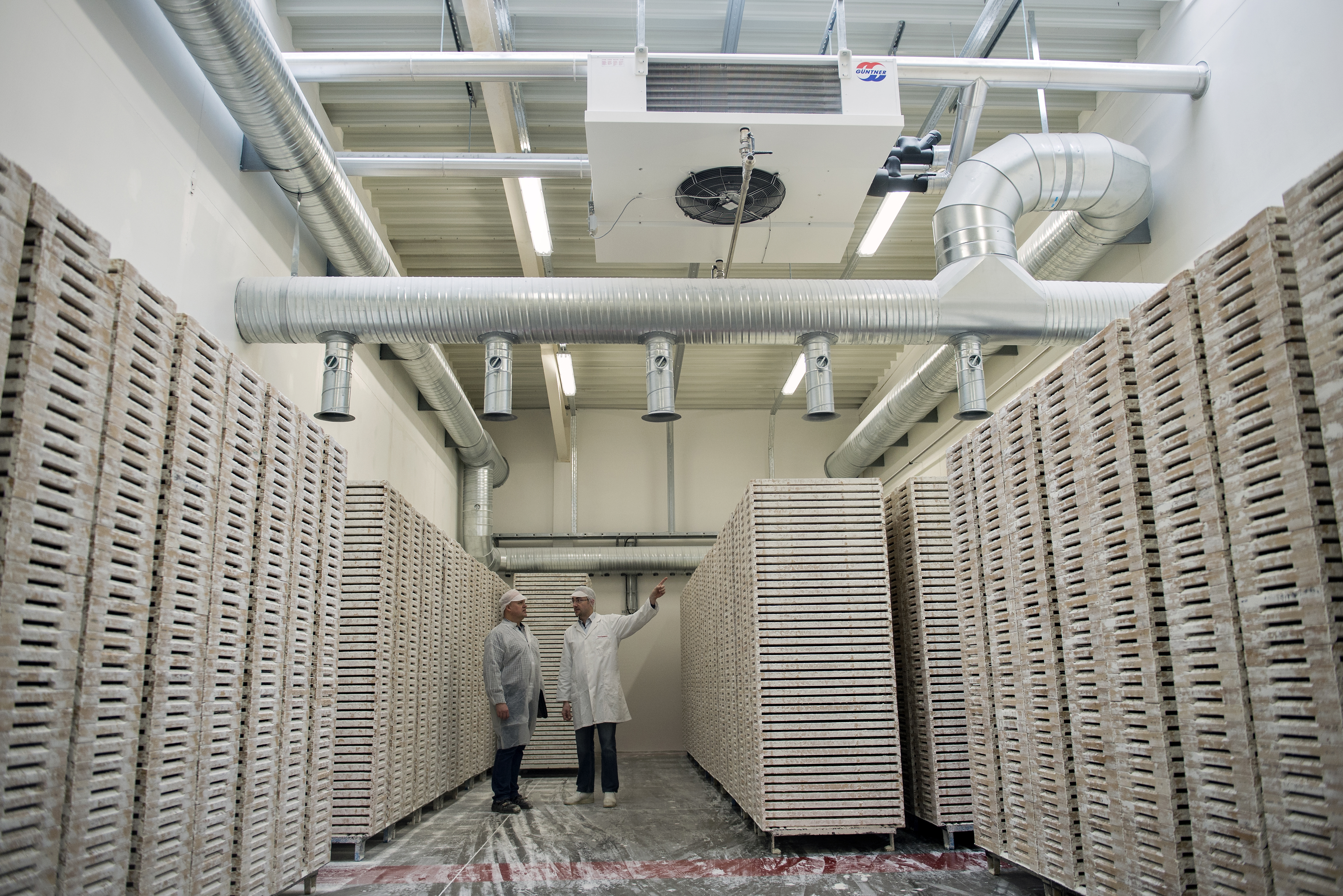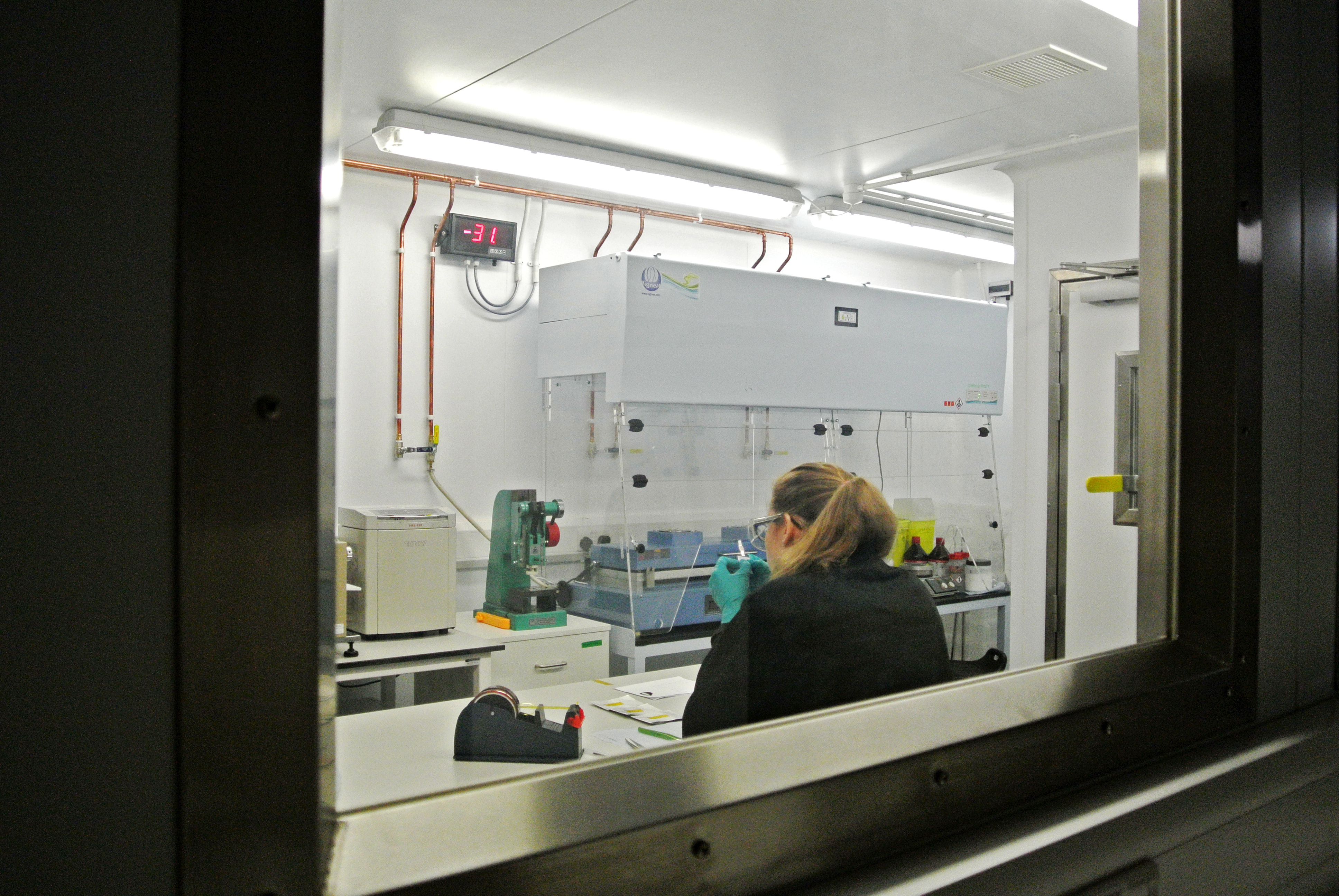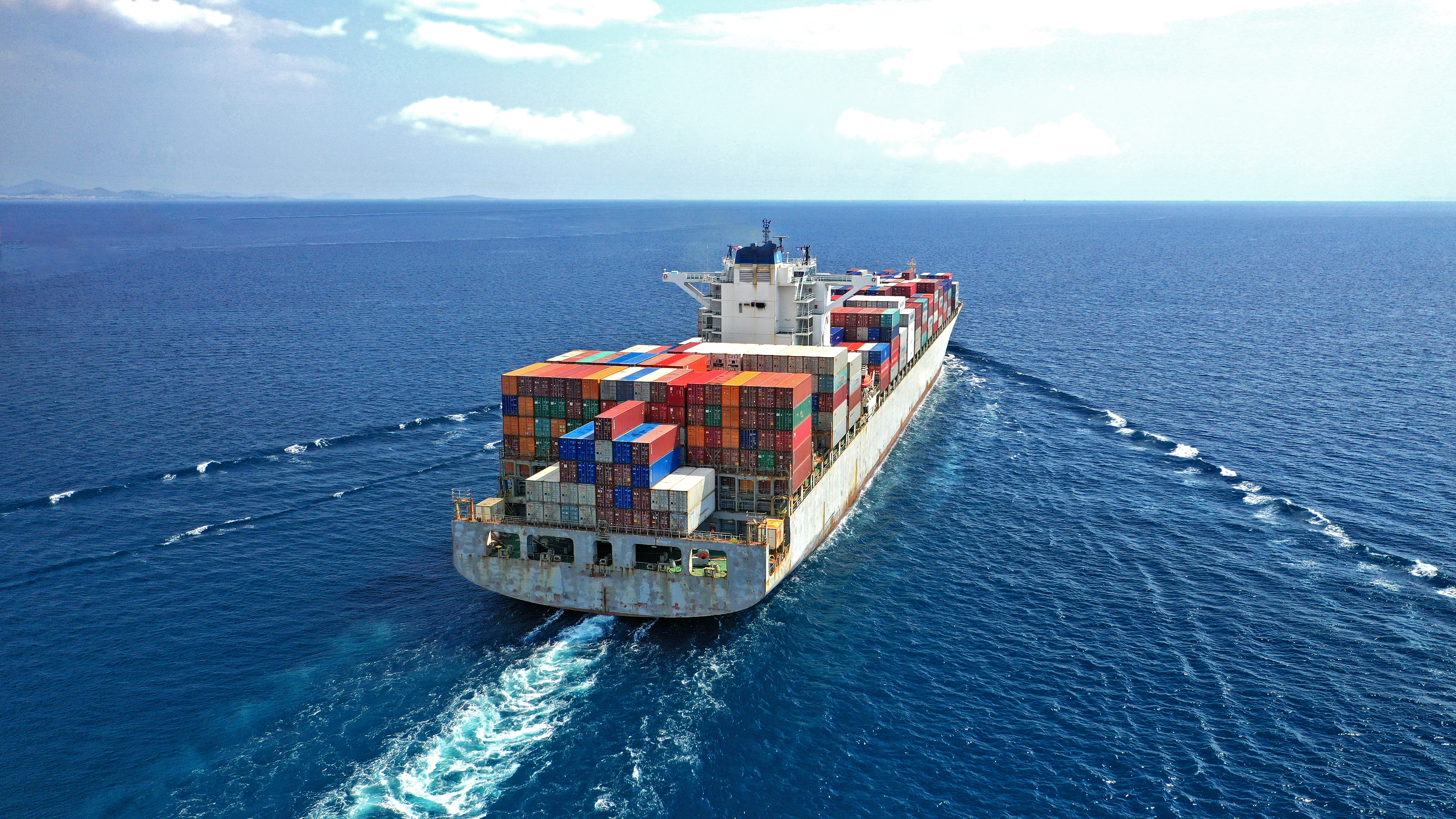Dehumidification with Munters desiccant rotor technology

The leading desiccant rotor
Humidity control is vital for many industrial processes and desiccant dehumidification is considered the most effective solution. While most desiccant dehumidifiers look the same, they’re very different on the inside. The heart of a desiccant dehumidifier is the rotor (also known as the wheel).
Munters rotor technology has a patented HoneyCombe® design with customizable, proprietary desiccant formulas for every application. Munters pioneered the desiccant wheel, and our rotors lead the industry in performance, reliability, and efficiency.
Munters desiccant rotor technology
- Outstanding moisture removal efficiency, up to 99.99%
- Power Purge technology saving up to 30% energy
- Reduced lifecycle cost
What makes the Munters desiccant rotor unique?
At the heart of every Munters desiccant dehumidifier is our patented rotor technology. The Munters rotor is engineered with proprietary corrugated non-metallic, ceramic composite materials and an open HoneyCombe® structure that maximizes surface area and moisture adsorption.
Moist air passes through the flutes of the material, where it is adsorbed by the desiccant. It is then returned to the building or process as dry air. The moisture-laden wheel rotates slowly into a second smaller, heated airstream. This smaller exhaust airstream, known as reactivation air, warms the desiccant. The warmed desiccant releases the moisture it adsorbed into the reactivation air. The newly dried desiccant material rotates back into the process air, where it again adsorbs moisture.
While other desiccant material and rotor designs may look similar to Munters, their performance differs vastly. The Munters desiccant rotor and materials are relied on in the most critical industries for their unrivalled performance and efficiency.
How does Munters desiccant technology work?
The desiccant honeycomb has unique properties that attract moisture to its surface using two important physical forces. The Van der Waals forces initially attracts water vapor molecules to the surface of the desiccant. Once close, hydrogen bonds form between the water molecules and the desiccant, holding them tightly in place. This combination allows the desiccant to effectively capture and retain moisture from the air. The trapped water is then heated and exhausted from the system through a process called regeneration.
Adsorption vs. Absorption
To remove moisture, desiccant rotors utilize a process called adsorption, which is not the same thing as absorption. Adsorption works by trapping moisture on the surface of the material, whereas absorption works by pulling moisture into the bulk of the material (like a sponge or paper towel). Adsorption is what allows desiccant rotors to be quickly dried out while rotating in the dehumidifier.
The essential difference between other dehumidifiers and desiccant dehumidifiers is the efficiency and precise control they provide. These systems can use different desiccant formulations for specific applications and can be configured based on a customer’s objectives. The unique properties of desiccant dehumidification systems make them the default choice for most industrial, commercial, and preservation applications.

Why choose Munters desiccant dehumidifiers
Munters is a global leader in energy efficient air treatment solutions with over 300,000 installations worldwide. Unlike most other dehumidification system manufacturers, we produce all of our desiccant wheels in-house at multiple production facilities worldwide. Munters has a wide range of desiccant options for different applications, and has more than 250 patents in desiccant technology.
If you’re looking for precise and efficient humidity control, our team of engineers is ready to help you with your application.




